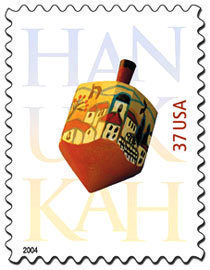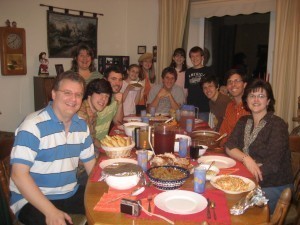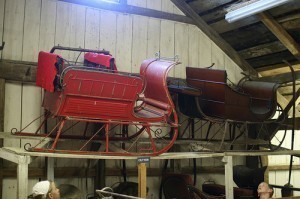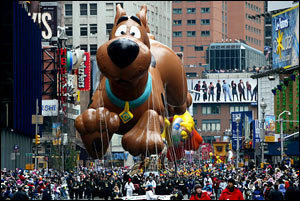How Long does Hanukkah Last?
While Christians commemorate the birth of Jesus Christ  during the Christmas season, the closest equivalent that the Jewish faith has to this holiday would have to be Hanukkah. And just as Christmas day traditionally falls on December 25, Hanukkah is similarly celebrated on the 25th day, but of the Jewish month of Kislev and taking place between late November and late December (and occasionally, early January). Also, unlike Christmas which is but one day, Hanukkah lasts for a period of 8 days.
during the Christmas season, the closest equivalent that the Jewish faith has to this holiday would have to be Hanukkah. And just as Christmas day traditionally falls on December 25, Hanukkah is similarly celebrated on the 25th day, but of the Jewish month of Kislev and taking place between late November and late December (and occasionally, early January). Also, unlike Christmas which is but one day, Hanukkah lasts for a period of 8 days.
Known as the “Festival of Rededication,” Hanukkah (also spelled as Chanukah) indeed comes from the Hebrew word which means “to dedicate,” and pertains to the rededication of Jerusalem’s Holy Temple following the Maccabean Revolt during the 2nd century BCE. At the time prior to the revolt, Judea was under the jurisdiction of Syria’s Seleucid Empire. Initially, the Jews were permitted the freedom to practice their religion. But this changed when Antiochus IV Epiphanes was proclaimed King of Syria and invaded Judea in 175 BCE. Under the new king’s rule, the Jews were persecuted and their Temple was desecrated. This led to the formation of the Maccabees, an army of Jewish rebels that fought to free their people from Syrian rule, eventually reclaiming Jerusalem and rededicating the Temple by 165 BCE.
As it is told in the Talmud, when it came time for the Temple’s rededication, it was discovered that only a very small amount of consecrated oil was left, just enough to keep the Temple’s eternal flame burning for a single day. However, that sparse oil supply miraculously burned for 8 days straight, a sufficient enough period of time to prepare more olive oil and consecrate it. It is these 8 days that is commemorated by Hanukkah, which is also rightfully called the “Festival of Lights.” The traditional symbol for the holiday is a special Menorah (a candelabrum) which has 9 branches as opposed to the usual 7. One by one, 8 of the 9 candles are lit, one for each night of Hanukkah. Meanwhile, the 9th candle (called the Shamash), positioned at the center of the Menorah and is raised higher than the rest of the candles, is kept alight every night and serves to light up the other 8.
Aside from the miracle of the consecrated oil, another story that has come to be associated with Hanukkah is that of the woman with 7 sons. The story appears in a number of sources, including 2 Maccabees in the Bible and Tractate Gittin in the Talmud. The woman is nameless in both these books, but is known by various names in others, more commonly as Hannah. The story goes that Hannah and her sons had been tortured and killed for refusing to follow a command from Antiochus IV that would have gone against Jewish law. In the Biblical account, they had refused to eat pork, while, according to the Talmud, they refused to worship a heathen deity. So the 8 days of Hanukkah can perhaps also be said to symbolize the martyred Hannah and her 7 sons.





